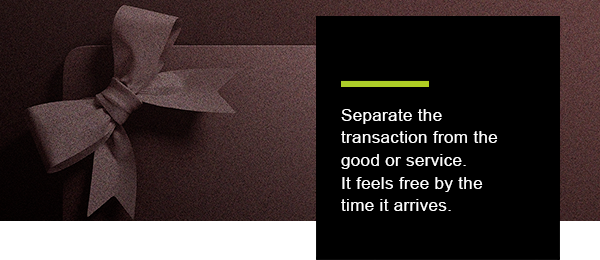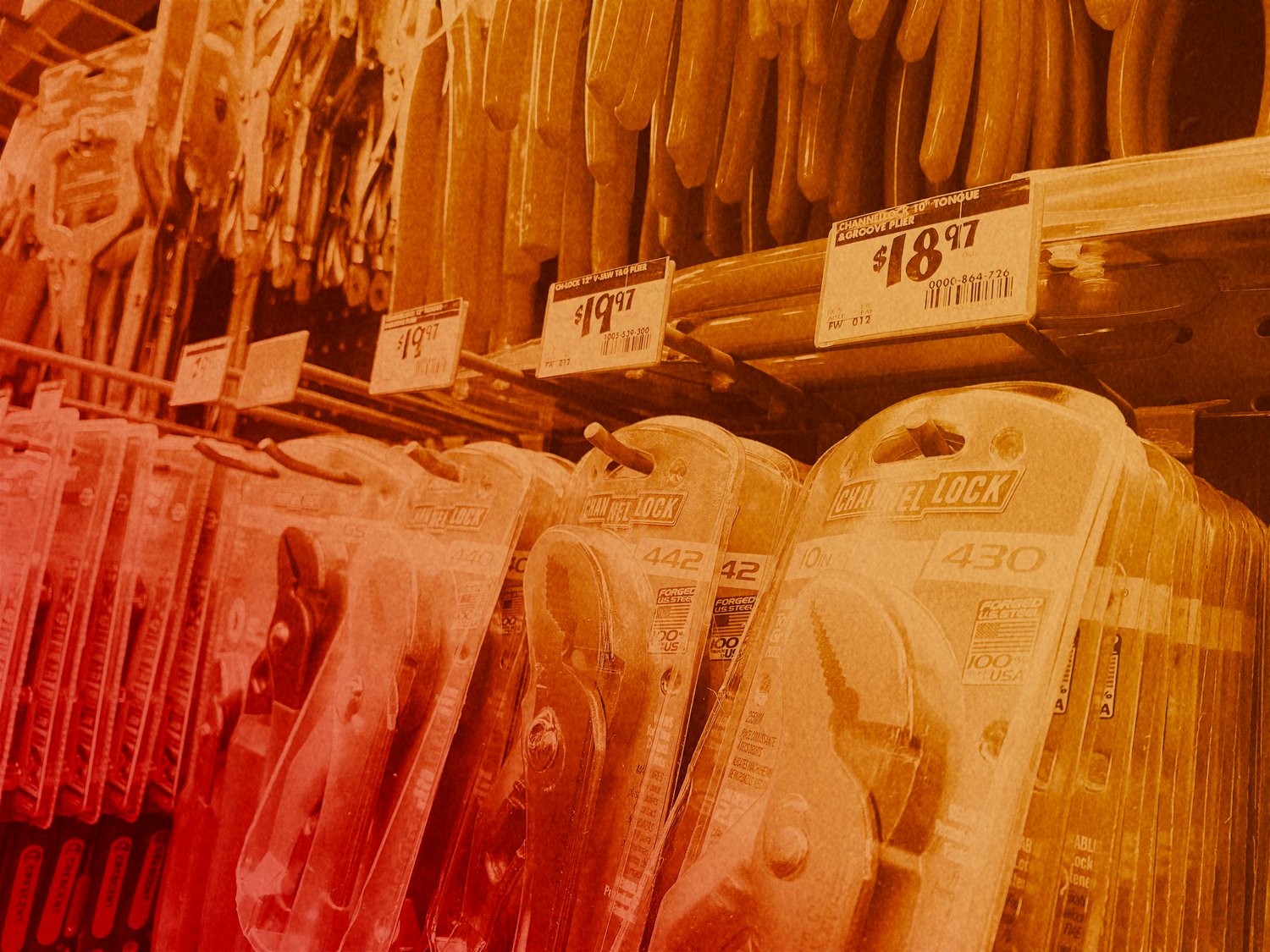If you’ve been on the internet lately, you’ve probably encountered some tongue-in-cheek content about “girl math” — an ever-growing list of silly (but relatable) economic principles that women admit to referencing as a way to justify spending.
Creators have come forward on Instagram and TikTok to confess their nonsensical personal finance rules:
If I spend money I’ve already loaded onto my Starbucks card, my coffee is free.
If I buy a dress for $85 and then return it, I have made $85.
If I don’t shop Macy’s storewide sale, I’m losing money.
For retail and marketing professionals, girl math is much more than a viral joke about gender stereotypes. Consumer behaviorists recognize that gendered differences vary tremendously (and sometimes disappear) depending on product category — so why does girl math feel so relatable?
As we continue to chip away at the constantly evolving mysteries of consumer behavior, girl math lets us experience pricing strategy through the eyes of real shoppers. While the TikTok trend might be aimed at women, we’re all a bit less rational at retail than we’d like to admit. Here are a few examples of convoluted consumer logic and how to leverage them in your merchandising strategy — whether you sell lip gloss or chainsaws.
1. If I buy the second most expensive option, I’m saving money.
Want to push consumers towards the pricier end of your line assortment? Show them the most expensive options first.
We’re all familiar with the principle of anchor pricing: when comparing products, our brains like to establish a fixed reference point. At retail, this means that once shoppers establish an anchor, everything else they see will be judged as more or less expensive than option #1.
Once consumers have decided to make a purchase, they’ve already made peace with the idea of money leaving their wallets. What remains are the questions: how much, and for what benefit? If you lead with your most premium option, the second most expensive feels like a savings.
As strange as it seems, a shopper who sees a $120 cordless drill before ultimately buying a $90 model will leave the retail environment feeling more like they saved $30 than spent $90.
2. Shipping should be free (even when it isn’t).
Upsells are a great way to increase your average ticket — unless they feel involuntary. The same people who will readily upgrade to the deluxe model, buy the extended warranty or add guacamole feel almost extorted by paying for shipping. How extorted? 62% of Americans simply won’t buy something online if shipping isn’t included.
Of course, there’s technically no such thing as free shipping. Someone has to incur the cost of getting products to consumers’ doorsteps, but that doesn’t mean it has to eat into your business’s bottom line. It all comes down to the principle of loss aversion: build the freight costs into the retail price of a product and emphasize free shipping, and consumers will focus on the perceived net gain.
3. Bigger numbers = bigger savings.
Which is the bigger discount, 20% off, or $10 off? If you think you need to know the original retail price of a product to answer this question, prepare to be surprised.
There’s no real math involved — our instinct is to recognize that 20 is more than 10. It may not be better, but it certainly feels better. A good rule of thumb is to offer percentage discounts for items priced under $100, and absolute dollar amounts for goods over $100. Think of it this way: a 1% discount on a $50,000 vehicle feels insulting, but a $500 rebate sounds attractive.

4. Things I’ve prepaid for are free.
It hurts to see money leave our accounts, but we bounce back quickly! In fact, when time passes between making a purchase and the moment we actually receive or experience it, the pain of paying is often pretty far from our minds.
As the sting of spending fades, it’s quickly replaced by anticipation. Separate the transaction from the good or service, and, even though we rationally know that we paid for it, it feels free by the time it arrives. This technique has also been shown to increase purchase satisfaction for consumers and reduce returns.
5. Coupons are magic.
Everyone likes to feel in control of their own destiny, perhaps especially at retail. That may be why we feel more satisfied with deals when we feel we played an active role in obtaining them.
Though it may seem like an unnecessary extra step, coupons and discount codes are more appealing to consumers than visibly reduced prices. Getting to imagine and anticipate applying the code shifts focus to the thrill of the deal, rather than the final price.
Though the end result is mathematically exactly the same, it’s emotionally distinct — an important reminder that we shop with our heads as well as our hearts.
Like what you're reading?



